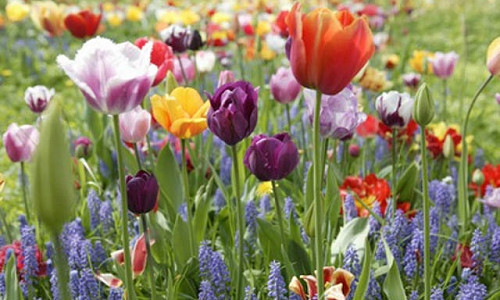Flower Bulbs - Expert Tips for Gardening Success
Flower bulbs are excellent choices for gardening enthusiasts due to their beauty and versatility. Here are some expert tips to ensure gardening success with bulbs:
- Right Timing: The key to successful bulb planting is timing. Spring-blooming bulbs should be planted in the fall before the first frost. Fall-blooming bulbs should be planted in late summer.
- Proper Depth and Orientation: Most bulbs should be planted at a depth of three times their height. Make sure to plant them pointy end up. If you’re unsure, plant them sideways – they will still find their way up!
- Soil Preparation: Bulbs prefer well-drained soil. Incorporate compost or organic matter to improve soil fertility and drainage.
- Spacing: Don’t crowd bulbs. Give them space to grow. As a general rule, leave approximately the bulb’s width between it and the next bulb.
- Watering: Water bulbs right after planting. However, avoid overwatering as this can lead to rot.
- Aftercare: After the bulb flowers, let the plant die back naturally. The leaves manufacture food that’s stored in the bulb for next year’s bloom.
- Companion Planting: Consider companion planting with perennials that can mask the dying bulb foliage while adding to the aesthetic appeal of the garden.
Remember, gardening success comes with patience, practice, and learning from past experiences. Happy gardening!

